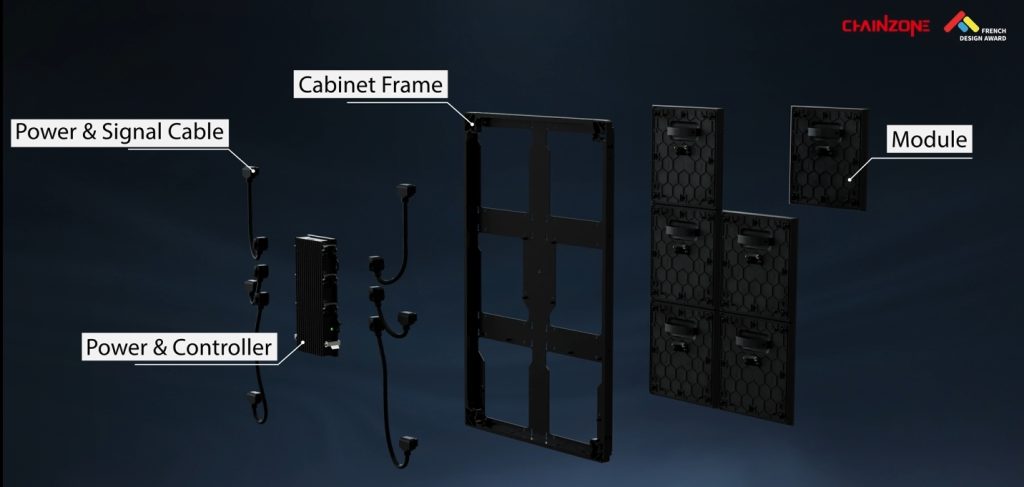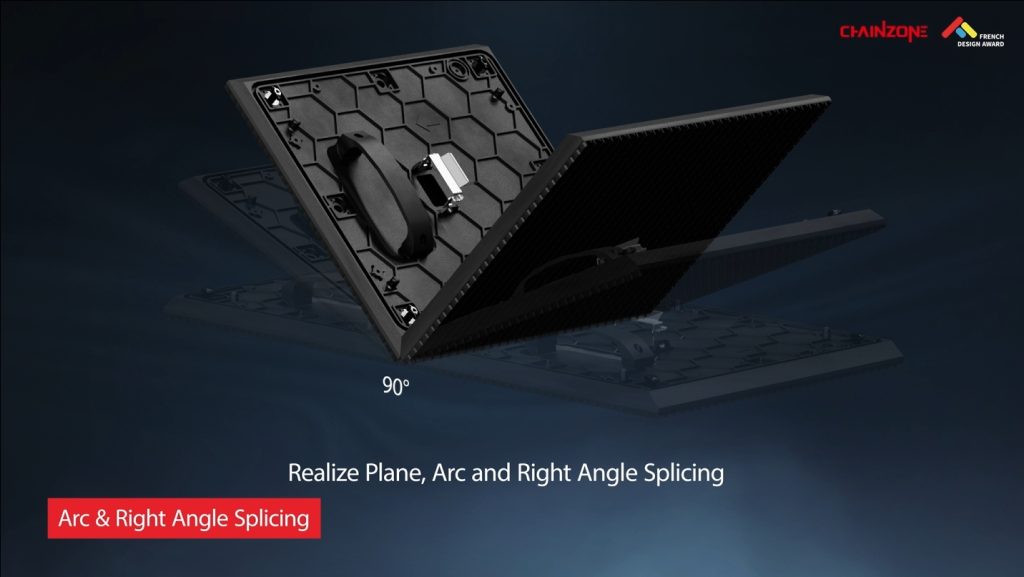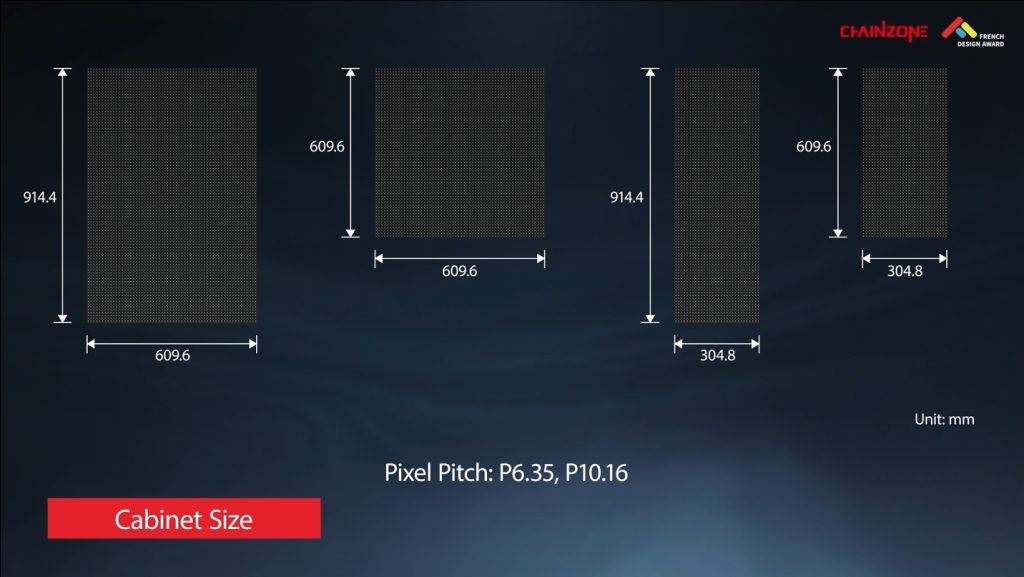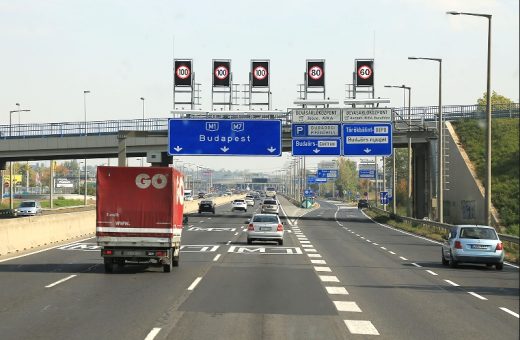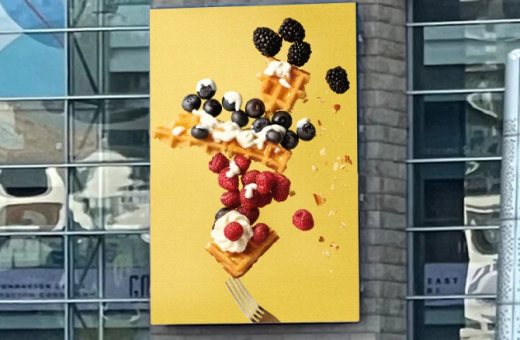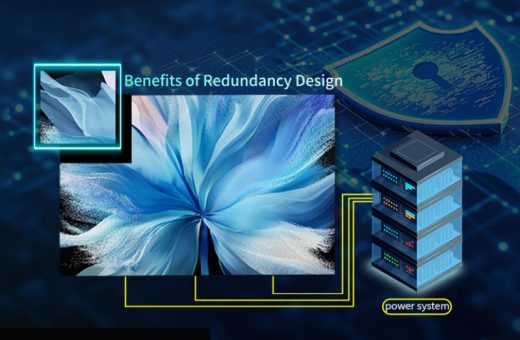Table of Contents
What is a Modular LED Screen?
A modular LED screen is a high-tech display system made up of individual LED panels or modules. These modular components can be seamlessly connected together to form large-scale screens of various shapes, sizes, and configurations. Unlike traditional display screens, modular LED screens are highly flexible, allowing them to be customized to meet specific spatial and design requirements.
These screens are popular for their high-quality imaging, durability, and ability to support dynamic content for diverse environments. Modular LED screens can be used indoors, outdoors, or for specialized installations, offering crisp images, vibrant colors, and seamless transitions.
Types of Modular LED Screens
Modular LED screens can be divided into several types based on their use, structure, and installation environments. These include:
1. Indoor Modular LED Screens
These LED screens are designed specifically for indoor environments such as retail spaces, corporate events, or showrooms. They feature higher pixel densities, allowing for detailed visuals even in confined spaces. Indoor modular LED screens are ideal for areas with controlled lighting, such as conference rooms, shopping malls, and exhibition halls.
2. Outdoor Modular LED Screens
Built to withstand the elements, outdoor modular LED screens are weatherproof, resistant to rain, sunlight, and dust. These screens are commonly used for outdoor advertising, stadium displays, concerts, and large-scale events. They have lower pixel densities compared to indoor versions since they are often viewed from a distance.
3. Flexible Modular LED Screens
These innovative screens offer flexibility in their structure, allowing them to be shaped into curves, arches, or other non-standard designs. Flexible modular LED screens are excellent for unique architectural designs and creative event staging.
4. Transparent Modular LED Screens
Transparent LED displays are made with innovative technology that allows viewers to see through them while still displaying vibrant, high-quality visuals. These are widely used in retail environments like window displays or high-tech showrooms, combining advertising with functionality.
5. Curved Modular LED Screens
Curved modular LED screens are designed to create immersive viewing experiences by conforming to the shape of the viewer’s environment. They are often used in cinema halls, stadiums, and entertainment venues to create a 360-degree viewing effect.
Benefits of Modular LED Screens
Modular LED screens have quickly become a top choice in commercial and entertainment displays because of their numerous advantages. Below are the most notable benefits:
1. Scalability and Customization
One of the standout features of modular LED screens is their scalability. These screens can be assembled into various sizes and shapes by adding or removing modules. This allows businesses and event organizers to create custom designs tailored to their specific needs.
2. High-Quality Visual Performance
Modular LED screens boast exceptional image quality, with vibrant colors, high brightness, and sharp contrast. They provide superior visibility in both brightly lit and dimly lit environments.
3. Versatility for Multiple Applications
From advertising billboards and corporate presentations to retail displays, concerts, and sports venues, modular LED screens are versatile enough to fit any environment. Their adaptability allows businesses to utilize them across different industries.
4. Durability and Longevity
Modular LED screens are known for their durability. Designed to endure varying weather conditions, prolonged use, and regular wear, they are a long-term investment that can last for years with minimal maintenance.
5. Easy Installation and Maintenance
The modular design allows for quick and easy installation, saving time and labor costs. Furthermore, any damaged or malfunctioning LED module can be easily replaced without requiring a complete overhaul of the entire system.6. Energy Efficiency
Modern modular LED screens are energy-efficient compared to traditional displays. They consume less power without compromising brightness or image quality, making them cost-effective and environmentally friendly.
Applications of Modular LED Screens
Modular LED screens are highly versatile and are used across a variety of industries and purposes. Some common applications include:
1. Advertising and Retail
Retailers use modular LED screens for advertising, window displays, and dynamic product promotions. These screens are impactful for drawing attention to storefronts or digital advertisements.
2. Events and Entertainment
From concerts to corporate events, modular LED screens enhance the visual experience for audiences. They can be configured for stages, exhibitions, or large outdoor performances.
3. Sports Stadiums
Sports venues utilize modular LED screens for displaying live scores, advertisements, replays, and other information to fans.
4. Corporate Events and Conferences
Companies employ modular LED screens for presentations, product launches, and conferences. They ensure that visual content reaches all participants effectively.
5. Transportation Hubs
Airports, train stations, and bus terminals benefit from modular LED screens for displaying schedules, advertisements, and important updates to travelers.
Key Factors to Consider When Choosing Modular LED Screens
Selecting the right modular LED screen involves careful planning and consideration of several factors:
1. Pixel Pitch
The pixel pitch determines the resolution of the LED screen. Smaller pixel pitches result in higher image clarity and detail, making them ideal for indoor use, while larger pixel pitches are sufficient for outdoor displays.
2. Location and Environment
Understand whether the screen will be placed indoors or outdoors. Outdoor displays need weather-resistant features, while indoor screens prioritize pixel density and brightness.
3. Size and Design
Modular LED screens are scalable, but it’s crucial to plan for the right screen dimensions and design. A proper assessment of space and viewing distance is vital.
4. Viewing Angle
Viewing angles affect visibility and accessibility. A wide viewing angle ensures the audience can view content from various perspectives without distortion.
Conclusion
Modular LED screens have revolutionized the way industries approach advertising, entertainment, and visual communication. With their customizable design, superior image quality, energy efficiency, and versatility, modular LED screens offer endless possibilities across diverse industries.
Whether for retail, events, sports, or transportation, modular LED screens are efficient, visually impactful, and innovative solutions for businesses and entertainment venues. As technology continues to evolve, modular LED screens are sure to maintain their position as a key component of dynamic visual communication strategies.
If you want to learn more about our Modular LED screens range, feel free to get in touch to see what we have to offer.

